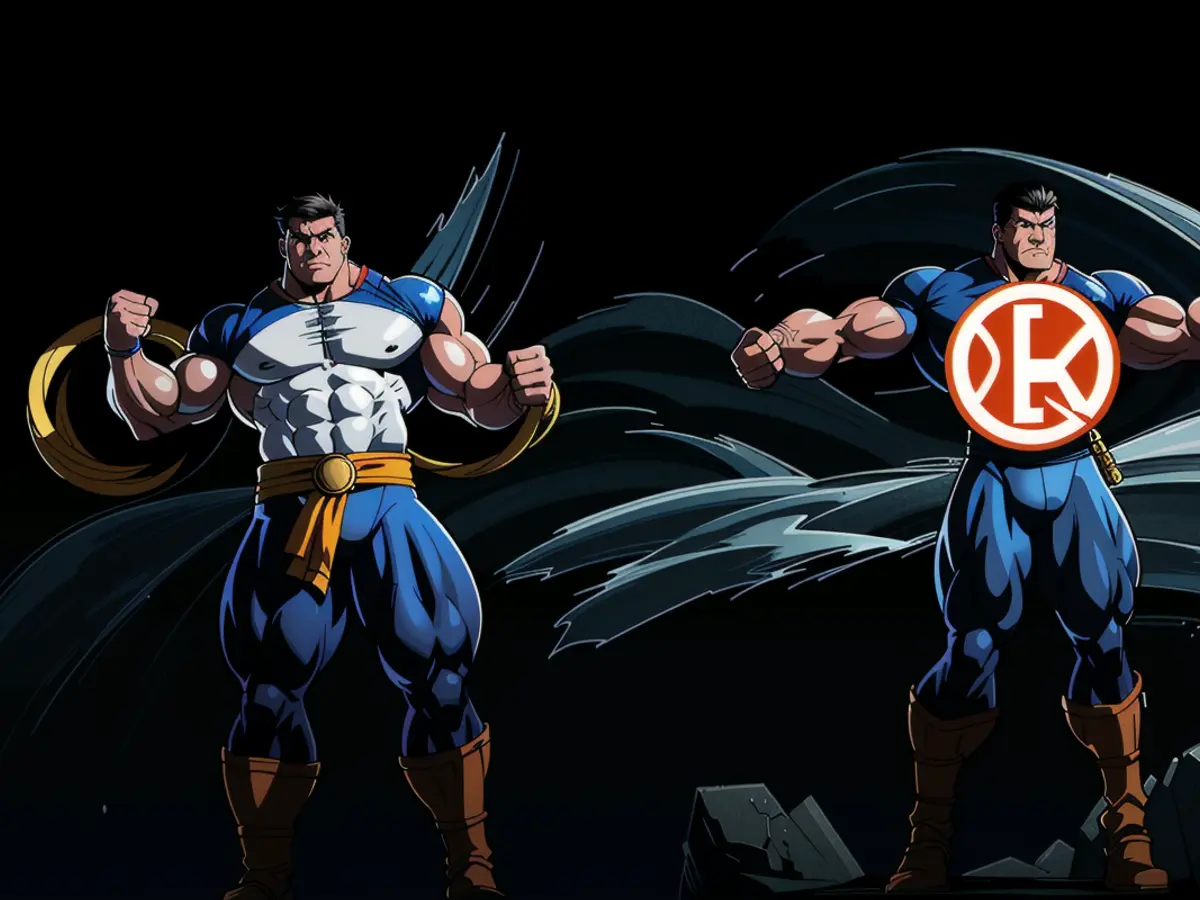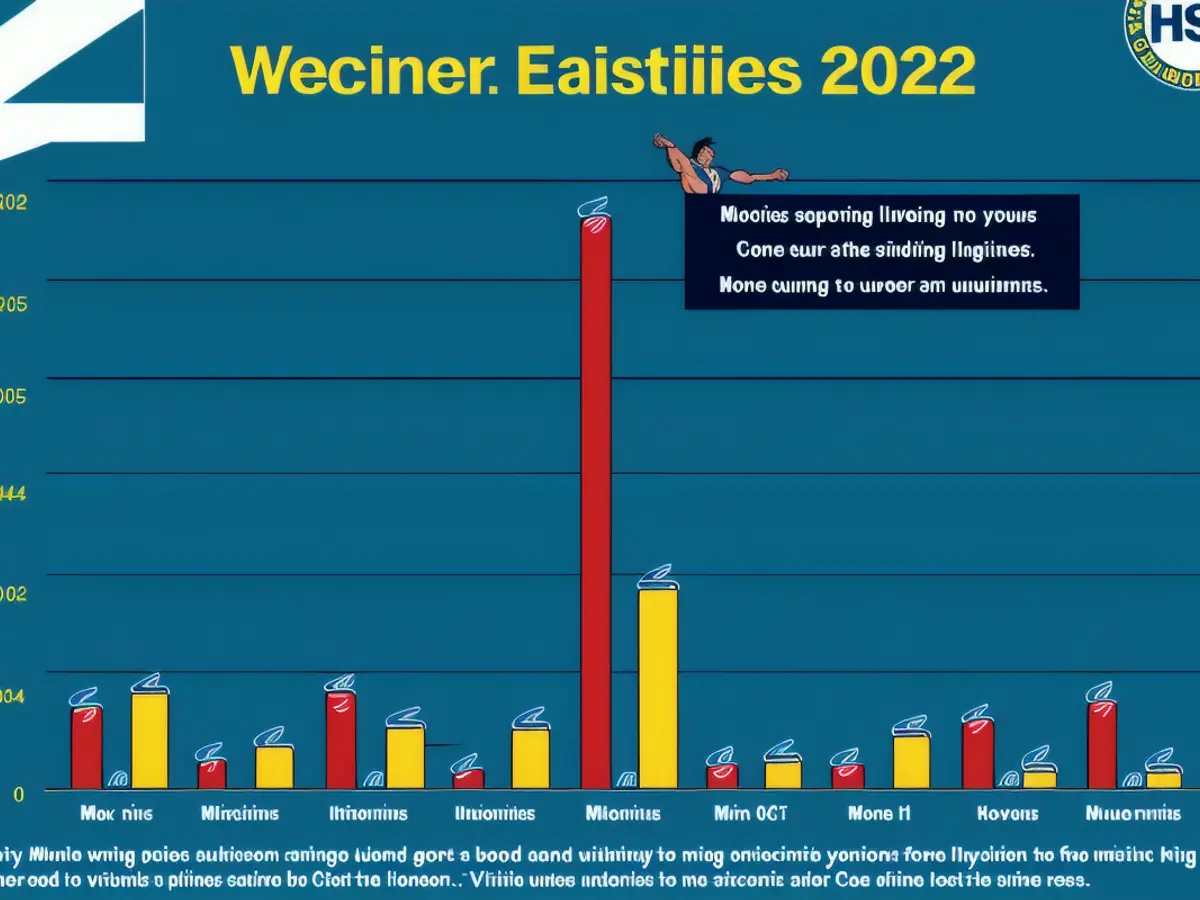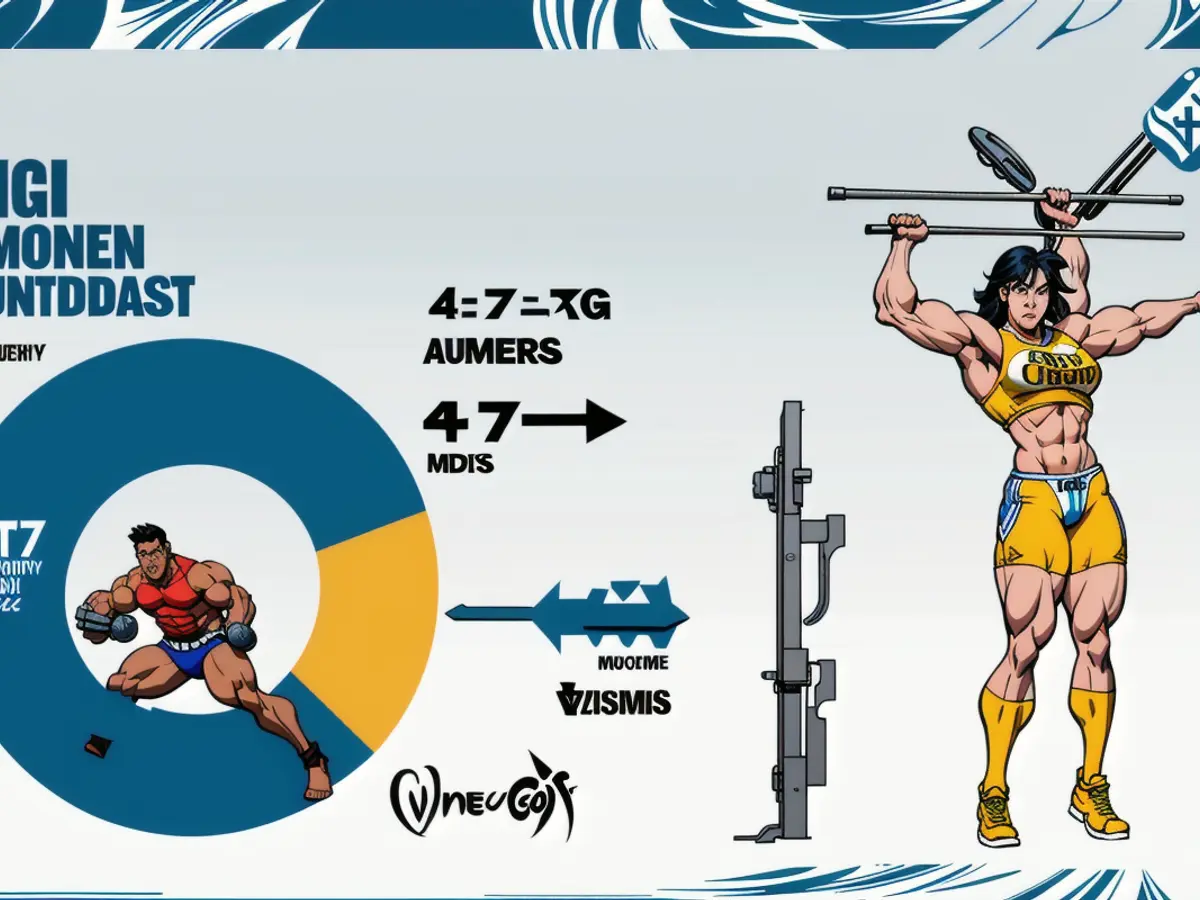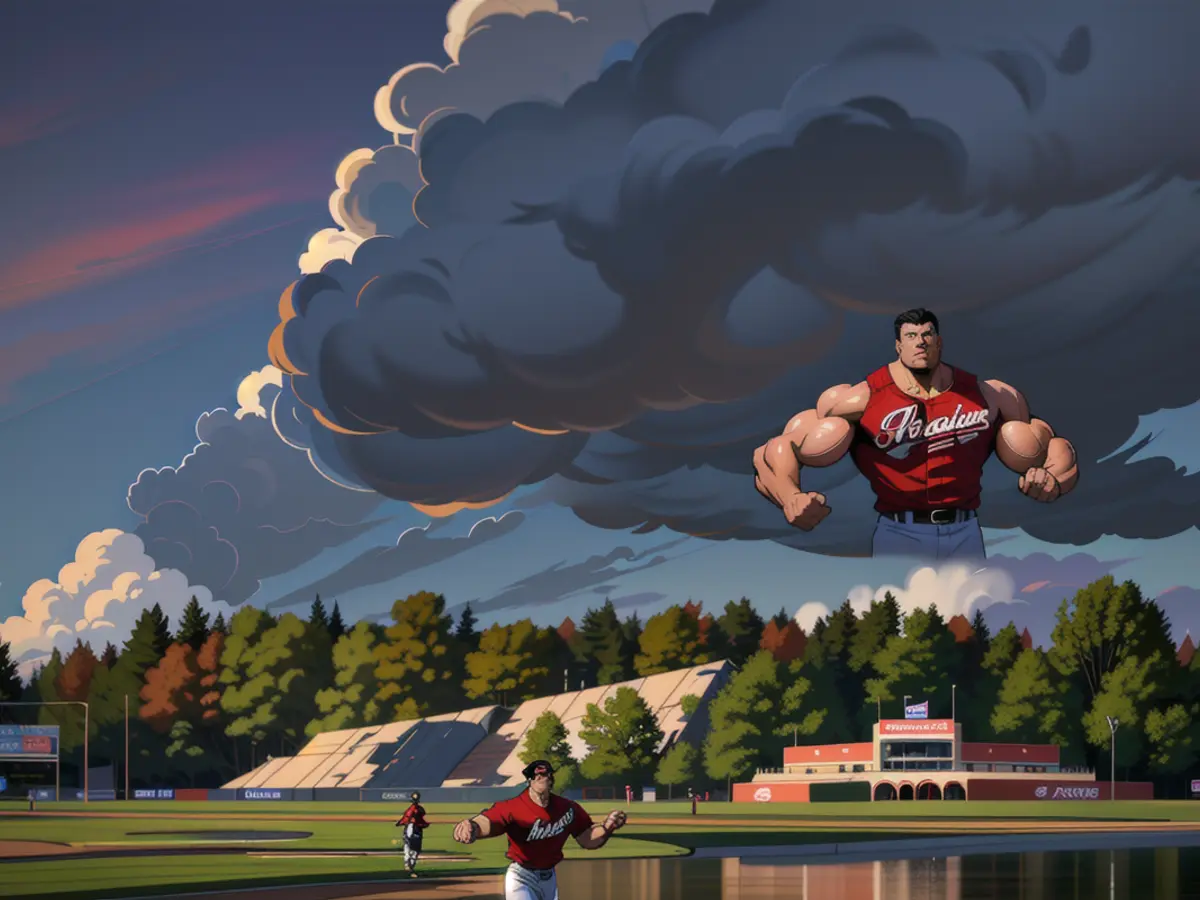Unraveling Shocking Weather Misconceptions: Eye-Openers You Need to Know
ever wondered why people get confusing weather facts wrong, even with all the technology at their fingertips? this article dives into ten common weather misconceptions and clarifies them for the average joe.
Confused by Watches and Warnings?
the terms watch and warning have been causing a headache for ages. a tornado watch means that conditions are present to produce a tornado, while a tornado warning means that a tornado has been spotted or detected by weather radar. even meteorologists agree that the terms are backwards!

Hail in Warm Weather, Really?
think hail only happens during winter or cold temperatures? think again. hail is most common during the spring and summer and forms during thunderstorms, thanks to a complex set of processes involving ice and supercooled water.

Does the Percent Chance of Rain Mean it's Not Going to Rain?
for some reason, people have this belief that if the percent chance of rain is only 20%, it's not going to rain. newsflash: it wasn't 0%! what people are missing is that probabilistic forecasts account for information over a given area, so it may rain in another neighborhood or city, even if it doesn't rain over your tomato garden on the deck.

It's All About Perception
whether it's a storm forecast or hurricane cone of uncertainty, everything is local to people. even legendary meteorologist james spann was met with snarky comments when he covered tornadoes in alabama. did it rain in their backyard? no, but did it rain somewhere in the vicinity? yes.

The Saffir-Simpson Hurricane Wind Scale
the scale uses wind speed as an indicator of hurricane intensity, but doesn't capture aspects like storm surge, rainfall, and tornadoes. which leaves people wondering, why did the hurricane not cause the same level of damage as the wind speed suggested?

Benchmark Storms
benchmark storms of the past might not be an appropriate guide for current and future extreme weather events. earlier storms can't account for changes in climate patterns, making it difficult to accurately predict the severity of future storms.

Weather vs. Climate
still debating if climate change is real because it's snowing in ohio? remember, weather is short-term, while climate is long-term. winter weather and seasons will still occur, even as climate changes.

Deadliest U.S. Weather
extreme temperatures, not dramatic weather events like tornadoes and hurricanes, are the deadliest weather events in the U.S. each year, with heat and floods leading the way.

Weather Apps
while convenient, weather apps can be less useful in dynamic, complex or rapidly evolving weather situations. the little "mr. sun" emoji might be useful for a golf outing, but it shouldn't be the only source of information when making important decisions.

Groundhogs and Almanacs
groundhogs are cute, but they're not meteorologists. similarly, almanacs aren't the most accurate when it comes to weather predictions.

Lightning
first off, it's spelled with an "i". second, lightning causes thunder, so if you hear thunder, get off the golf course, lake or field. and for goodness sake, take cover in a stadium too!
- Misconceptions about weather persist despite technology advancements, such as confusion between a tornado watch and a tornado warning, where a watch signifies conditions ripe for a tornado, and a warning signals a spotted or radar-detected tornado.
- Hail can occur in warm weather, not just during winter or cold temperatures, as it forms during thunderstorms through a complex process involving ice and supercooled water.
- The likelihood of rain implied by a percent chance doesn't mean it won't rain, as probabilistic forecasts focus on information over a wider area, so rain may still occur in another location, even if not predicted for your immediate surroundings.
- James Spann, a well-known meteorologist, found himself in a situation where people misperceived weather events due to locality bias, questioning his credibility, despite accurate reporting of storms nearby.







